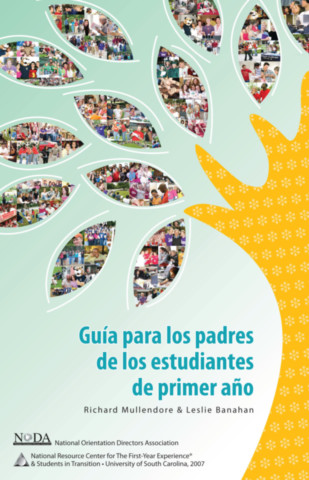Explore the array of NODA’s publications to assist you in your orientation, transition, and retention work on campus.
A triennial compilation of survey information from over 400 colleges and universities. Data on orientation program content and structures, budgets, fees, and staffing patterns are described and analyzed. This is an invaluable tool as you and your institution assess existing programs and plan for the future.
The NODA Databank is a collection of statistical information about Orientation, Transition, and Retention programs and office functions from NODA member institutions collected every three to five years. The data collected falls under nine sections which include the following information:
Section 1: General info, # and types of programs, some budget information
Section 2: Staffing, human resources, payroll
Section 3: Orientation Programming
Section 4: Transition Programming
Section 5: Extended/Camp Programming
Section 6: Online Programming
Section 7: Program Content
Section 8: Parent and family programming specifics and student staffing
Section 9: Assessment – how do you assess your programs, learning outcomes, etc…
NODA has used a variety of mediums to collect this data from our membership. When the Databank began in 1978, we initially used pen and paper mailings to the membership. Today, we use online survey tools such as Qualtrics.
For more information about the NODA Databank or to request specific information, please contact the NODA Association office.
This journal focuses on the trends, practices, research, and development of programs, policies, and activities related to the matriculation, orientation, transition, and retention of college students. Also encouraged are literature reviews, “how-to” articles, innovative initiatives, successful practices, perspectives, and new ideas.
This new publication offers both the philosophical and the practical perspective for orientation, transition, and retention professionals and other practitioners working specifically with students in their first year of college. This piece provides guidance and insight not only to the vast world of college orientation planning, but also a focus on the transition and retention of college students. It is intended to address the many issues Orientation, Transition, and Retention professionals are faced with by providing helpful information, new data and forward-thinking theories.
Publishing Info: July, 2019
Cost: $50 for members,$65 for non-members
Correction: The author on page 38 should be Dennis Wiese and the author on page 110 should be Andrene K. Kaiwi. We apologize for these printing errors.
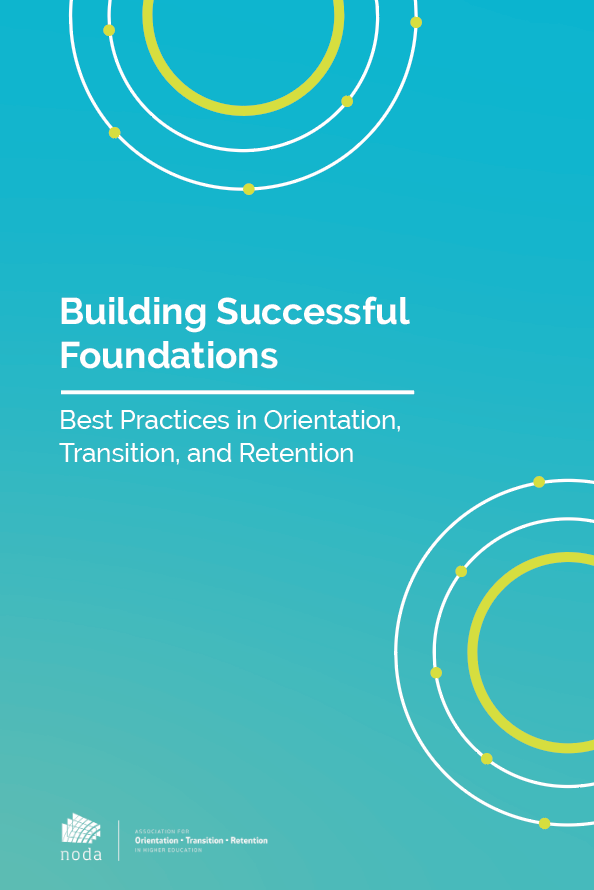
Providing quality orientation, transition, and retention programming is essential to welcoming students to colleges and institutions worldwide. It can be a daunting task –filled with anticipation and excitement, and it can be overwhelming at times. It’s during the planning stages that orientation, transition, and retention professionals often seek resources and solutions. The Orientation Planning Manual is such a resource.
Since the NODA Board of Directors approved the recommendation to change the Association name to NODA, Association for Orientation, Transition and Retention, we felt it was imperative that the chapters within the OPM reflect transition and retention along with orientation. There are several revised chapters and new authors who have written new chapters in the 2014 edition of the OPM.
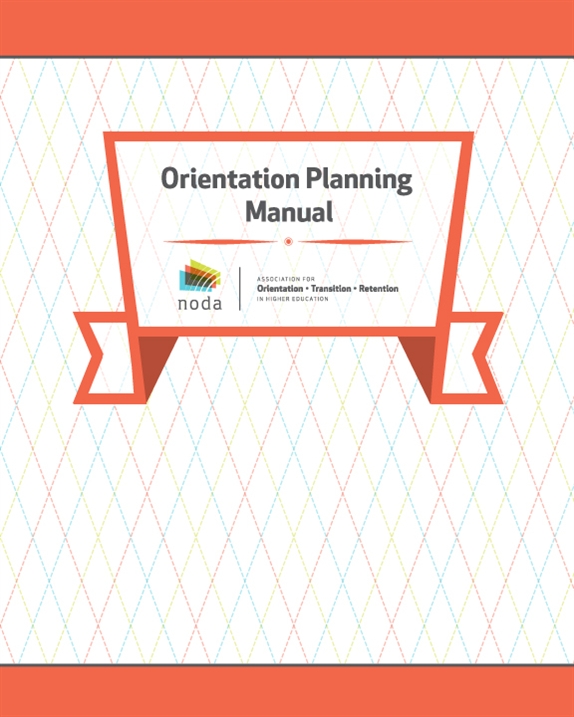
Family members of new college students are often unsure what to expect and how to best help their students succeed in higher education. Focusing on the unique needs of commuter students, this brief guide describes typical challenges in adjusting to college, support services and opportunities offered by colleges and universities, and strategies family members can use to encourage student learning and success. A glossary of college terms is included.
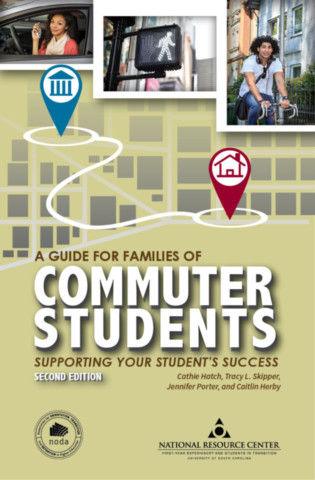
Parents and family members play a critical role in the success of new college students, but those who never attended college or who have been away from it for a while may lack critical information about the purpose, goals, and structure of higher education today. This brief guide offers parents and families an overview of the college experience, especially in the first year, and suggests strategies for helping their students succeed. A glossary of key terms is included. Grounded in the student success research and practice literature, the guide is ideal for use in orientation programs, recruitment events, and family weekends.
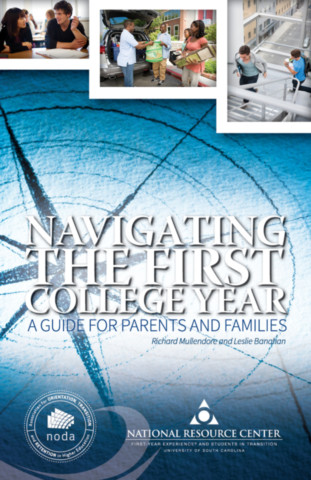
Diseñada para ayudar a los padres a comprender la naturaleza de la transición universitaria y ofrecer consejos para que esa transición sea exitosa no solo para el estudiante universitario de primer año sino también para sus familias, la guía es un recurso ideal para programas de orientación, fines de semana para padres y otros programas para padres.
